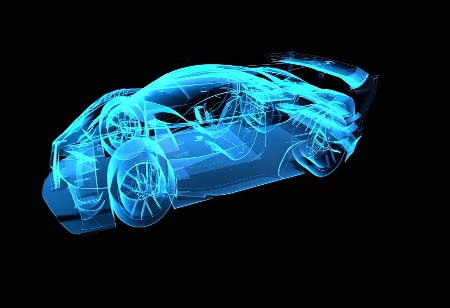Digital twin applications in the EV industry optimizes safety and functionality by enabling sustainable designs, automation, and driver assists systems.
FREMONT, CA: Transportation accounts for 18 percent of worldwide carbon emissions despite rising gas prices and increasing sustainability awareness. It has become clear that electronic vehicles have become an important part of an interim solution to the problem. The electric vehicle market is well on its way to dominating the mobility and transportation markets in the future with its promise of zero on-road carbon emissions combined with the comparatively cheaper availability of electricity globally.
Emerging innovations allow EV to reduce emissions by 43 percent compared to diesel. The concept of digital twins is one way to optimize the solution for this emission problem sustainably.
Digital twins adoption benefits the electric vehicle industry in the following ways:
Efficient electric vehicles with digital twins: There is a potential for electric vehicles to reduce global carbon footprints considerably. Digital twins are better suited to the amount of sensory data generated by EVs than other technologies like hardware-in-the-loop simulation because EVs generate so much data. Industries need supporting architecture like the internet of things (IoT) and digital twin applications to act as the architecture for mapping offline physical assets to digital models.
Digital twin adoption enables smart system monitoring, prediction of upcoming events, fault detection, remaining useful lifetime, and much more, which are discussed in the following few sections.
Autonomous driving system: The digital twin technology plays a key role in the development of autonomous guided vehicles (AGV). Unlike traditional data generation capabilities, developers generate big data from vehicles through digital twin applications. Digital twins generate control system responses by exposing decision-making algorithms to various scenarios. Artificial intelligence models embedded in the AGV are trained using responses generated by the digital twin. Digital twins can thus be used both as training models and as testing grounds for new technologies. Real-time interconnection or predictive modeling synchronizes digital twins with physical systems.
Advanced driver assists systems: The Advanced Driver Assist System (ADAS) reduces the number of accidents and their severity by improving driver and pedestrian safety. Through historical data, digital twins generate decision-making models for ADAS systems. Developers supplement models with real-time data from the sensors on the vehicle, where the models can implement actions based on both data sources.

 Copyright © 2025 AutoTech Outlook. All Rights Reserved | Privacy Policy | Subscribe | Sitemap | About us | Feedback Policy | Editorial Policy
Copyright © 2025 AutoTech Outlook. All Rights Reserved | Privacy Policy | Subscribe | Sitemap | About us | Feedback Policy | Editorial Policy